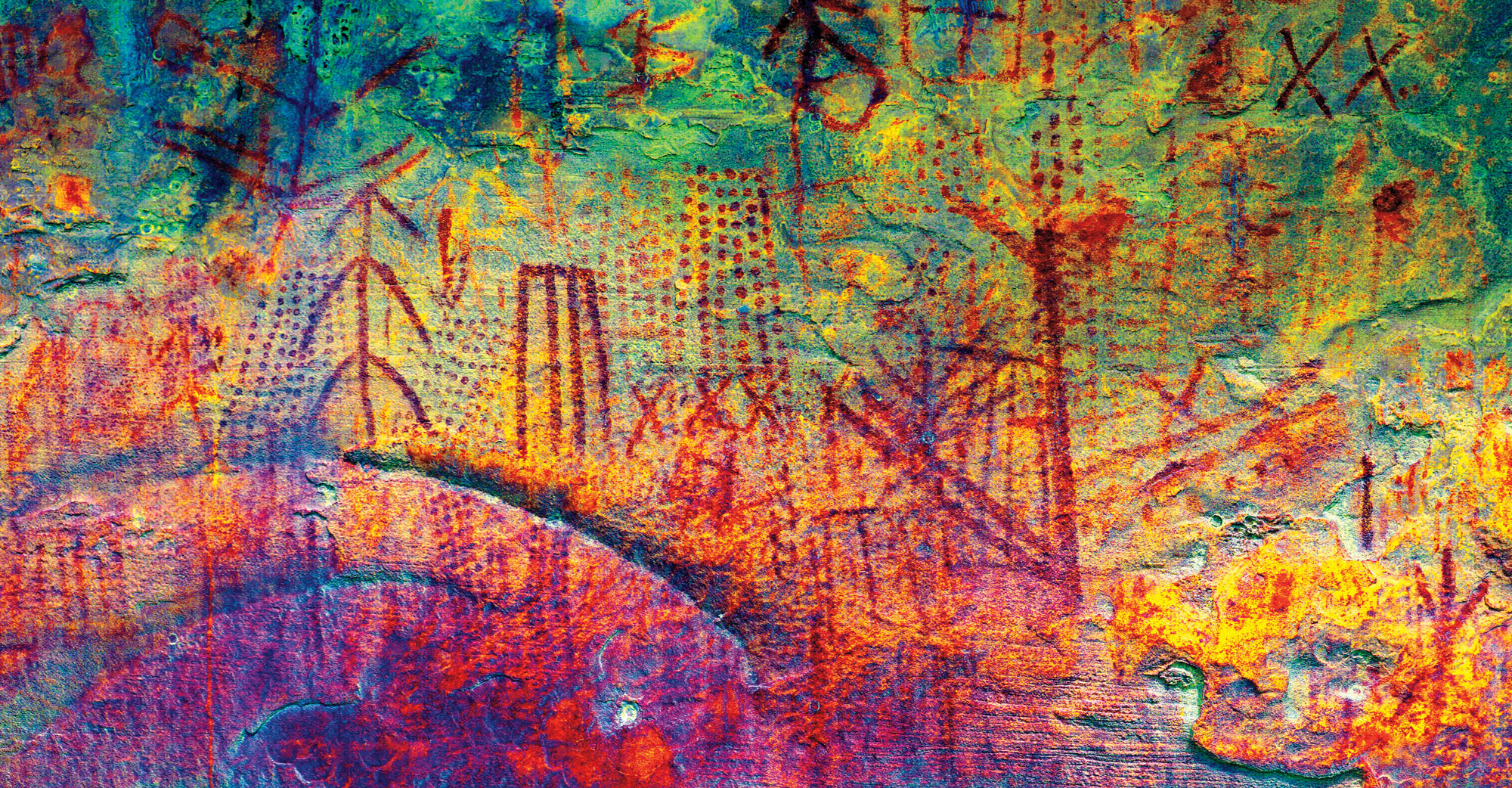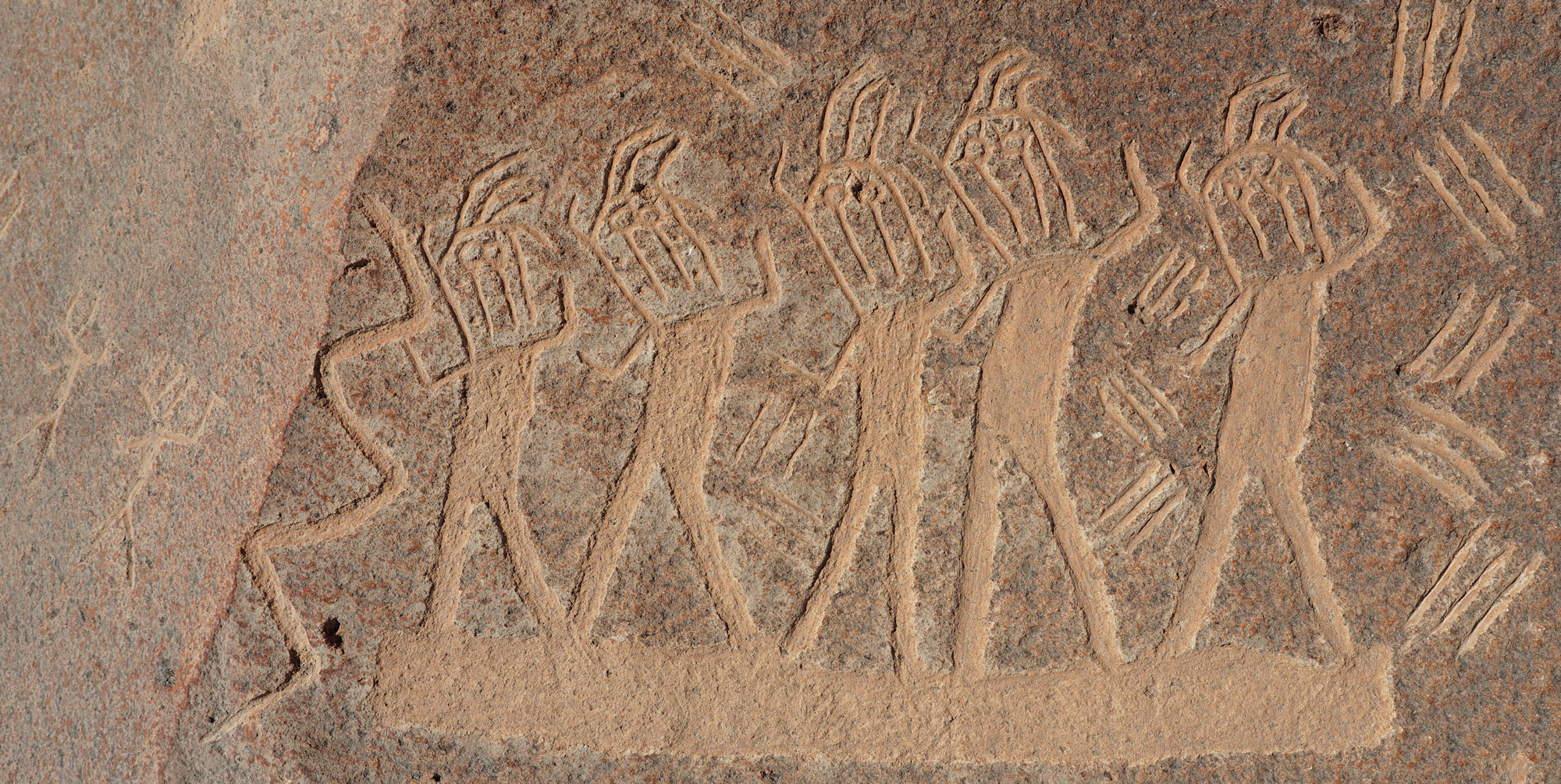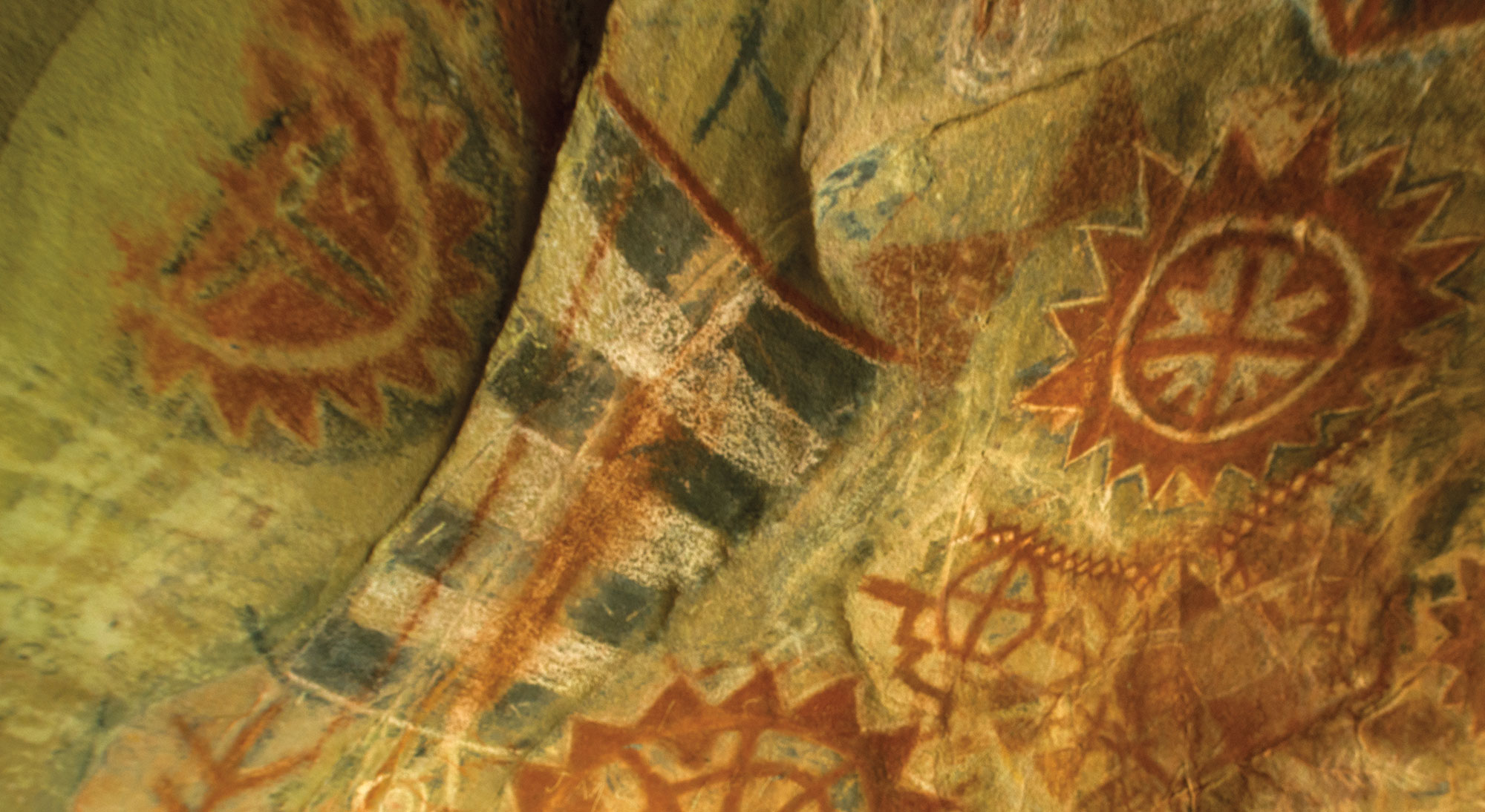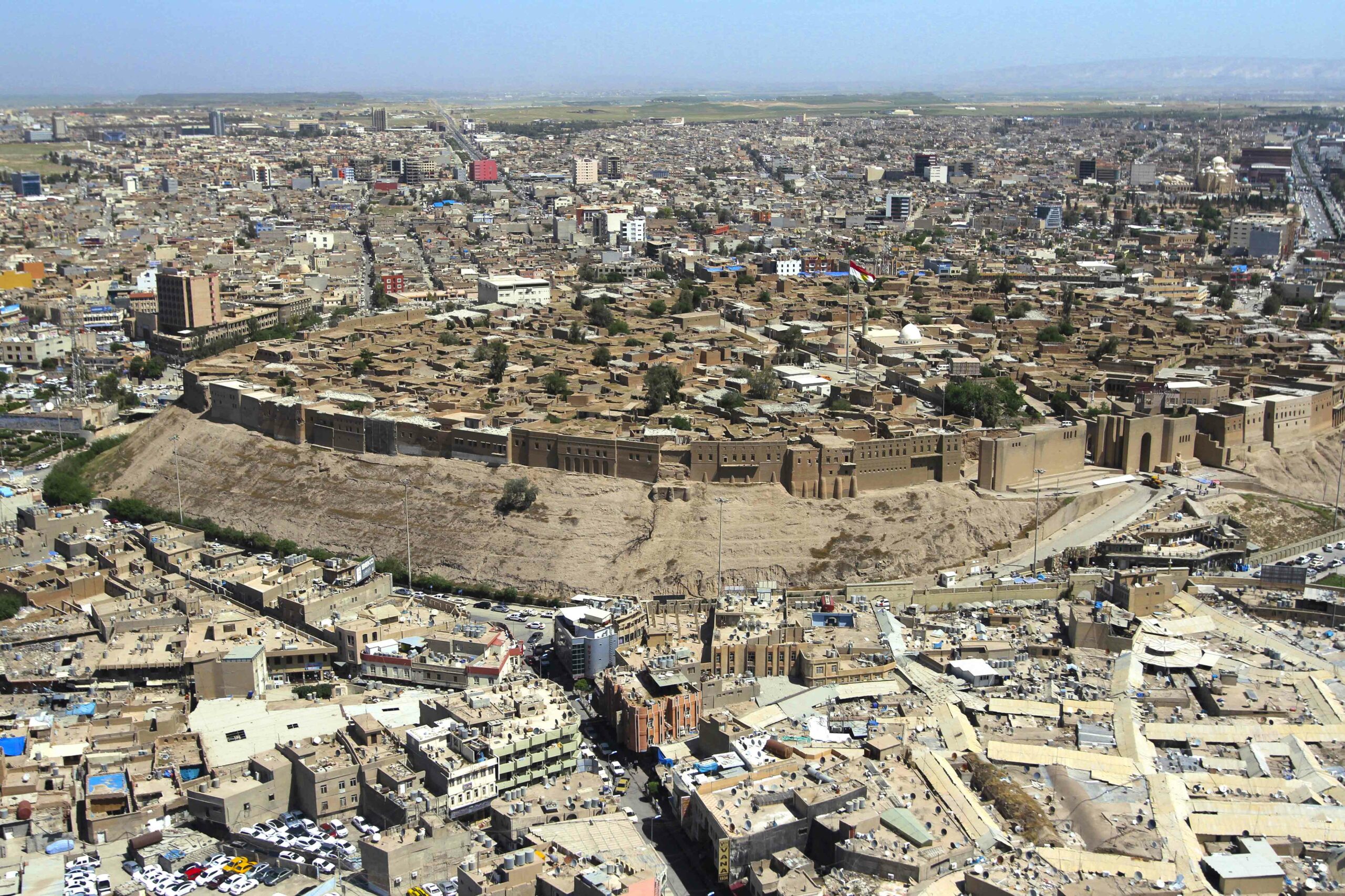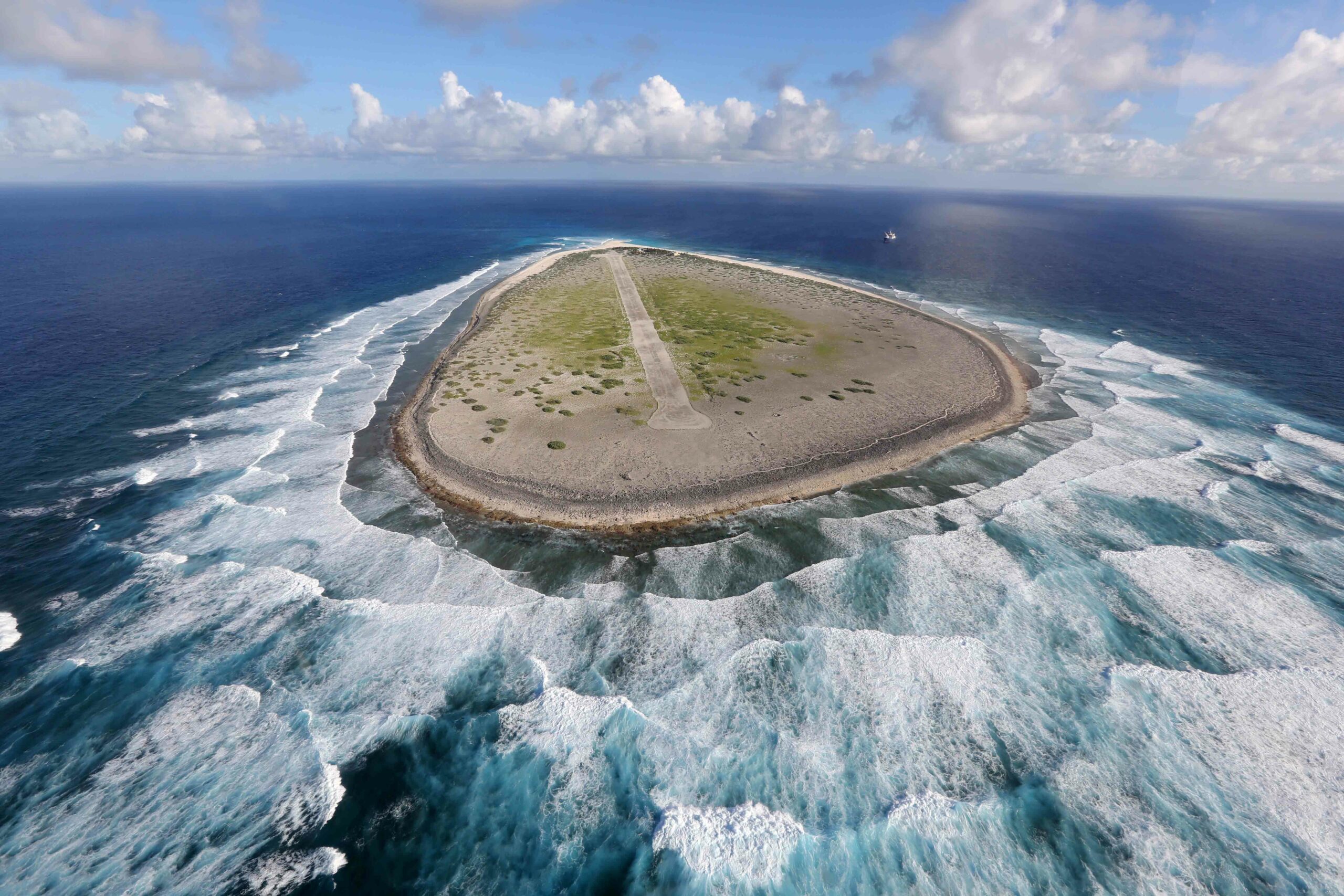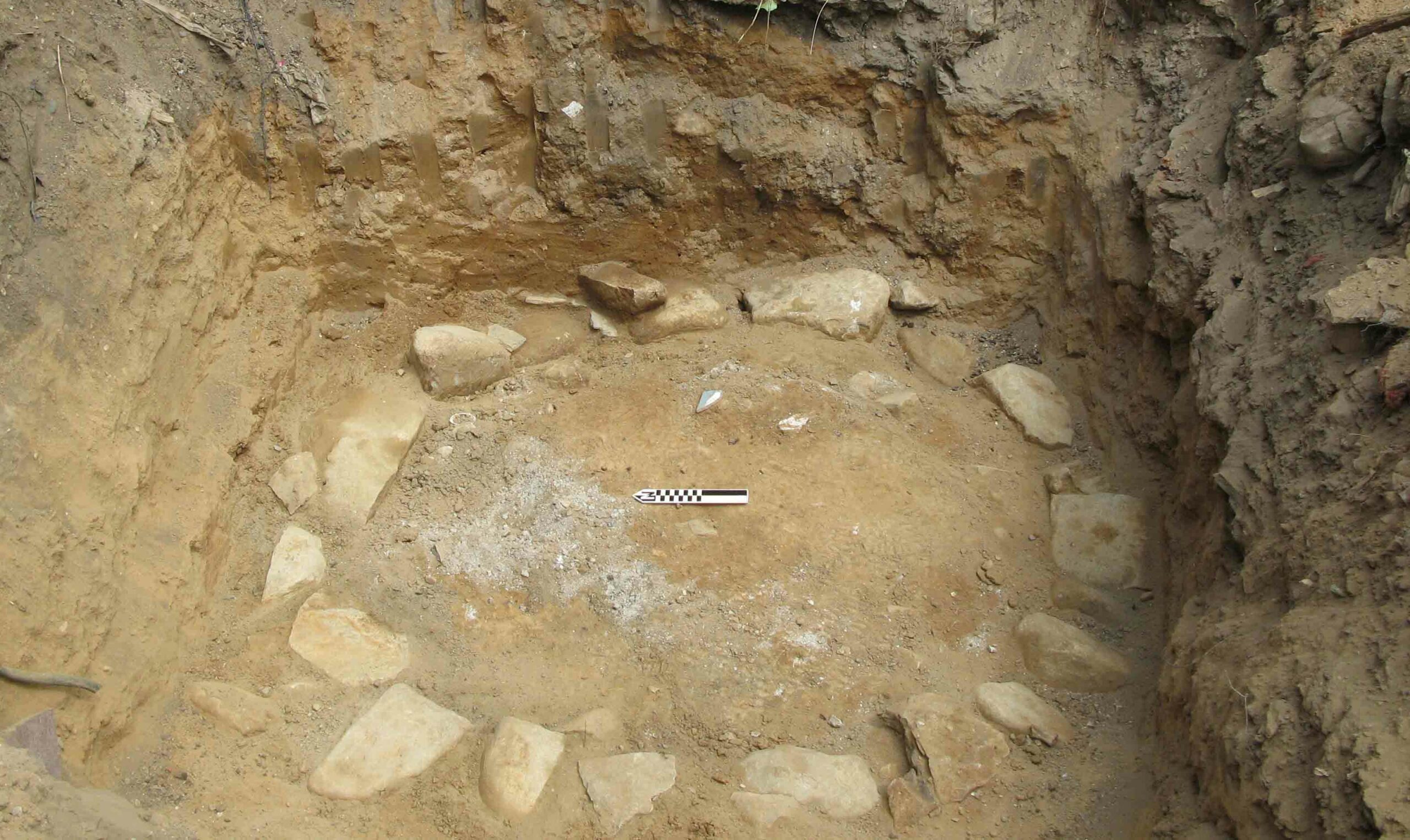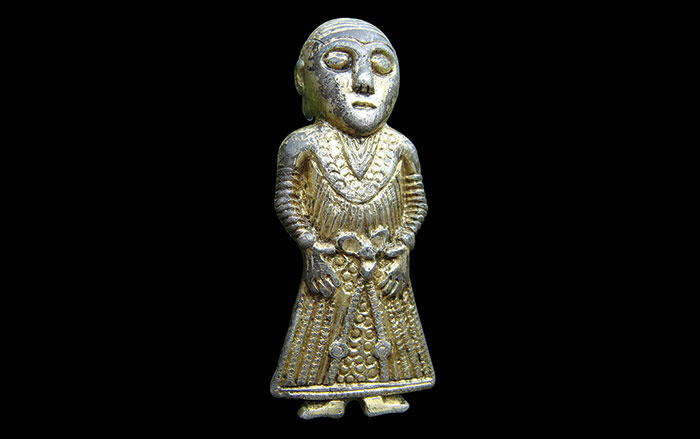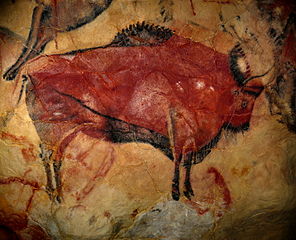
INDIANAPOLIS, INDIANA—The field of acoustic archaeology is growing as scientists consider the importance of sound to prehistoric cultures and their rituals. Steven Waller of Rock Art Acoustics thinks that ancient people were inspired to decorate cave walls and canyons with images of herds of animals because of the thundering echoes the formations produced. He has found that European caves with higher levels of reverberation are more likely to be decorated, and in North America, there is a correlation between places in canyons with echoes and the placement of prehistoric art. “It’s a trivial little sound, but it can have a huge emotional impact if you don’t expect it, if you can’t explain it,” he told Live Science. Waller is presenting his research at the annual meeting of the Acoustical Society of America. To read more about one of the world's great cave art sites, see ARCHAEOLOGY's "A Chauvet Primer."


